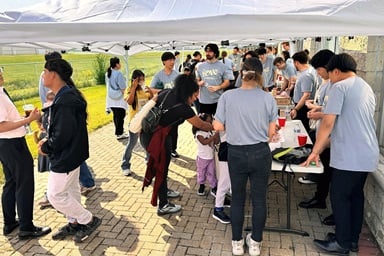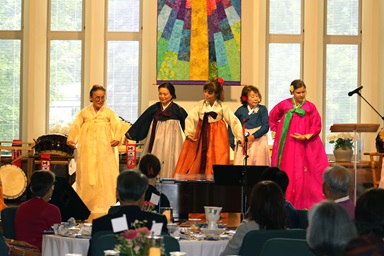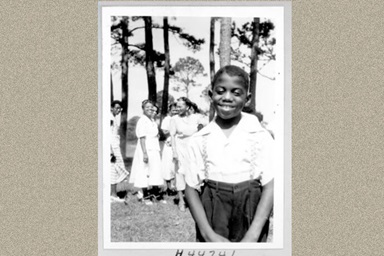Sponsored
Church History
Theology and Education


La Trinidad epitomizes Hispanic legacy in United Methodist Church
The congregation in Seguin, Texas, has marked 120 years of history and stands as an example of faithful witness in the face of adversity.
Local Church


Chicago First Korean marks 102 years by hosting refugees
The United Methodist congregation celebrated its anniversary by inviting some of its most vulnerable neighbors for worship, fellowship and support.
Church History


Gathering celebrates 140 years of Methodist mission, legacy
Scholars, church leaders and descendants of pioneering missionaries Mary and William Scranton gathered to honor the legacy of Methodist mission in Ohio, Korea and beyond.
Church History


Gulfside Assembly 20 years after Katrina
Gulfside Assembly was wiped out by Hurricane Katrina in 2005, but the spirit of this special place can still be felt today.
